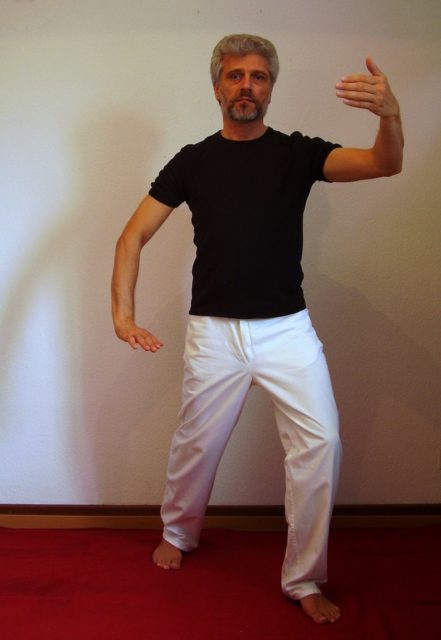Maintaining motivation to practice mindfulness is a Catch-22 situation: to experience the benefits of mindfulness, you have to practice it; to maintain motivation for your mindfulness practice, you need to experience the benefits. As you practise, you become more aware of the benefits and the benefits themselves increase.
However, the starting point is to believe that practising mindfulness will give you benefits that you value. Having started your practice then, you are able to experience the benefits and to use these to motivate yourself to continue.
I found it hard to maintain my attendance at Taoist Tai Chi classes because of work commitments but I had experienced enough of the benefits of Tai Chi to find a way to maintain the practice.
As I persisted with the practice of Tai Chi, I started to experience an increasing number of benefits that now form the motivation for me to continue the practice. These benefits that I value are:
Focus and concentration – these are essential skills for my work as a consultant and for my writing; they also help with playing tennis (my sporting passion)
Balance and coordination – this is a strong motivator for me because I have found over the years that there is a very clear link between my Tai Chi practice and how well I play during my weekly social tennis; I have written about this link elsewhere
Creativity – I noticed this benefit through my experience of greater creativity when designing workshop processes as part of my consulting practice; Google clearly values this benefit as it developed the Search Inside Yourself (SIY) mindfulness program which has been experienced by more than 4,500 members of their staff- the SIY program is now available to the public on a global basis.
Lower blood pressure – I inherited high blood pressure so anything that helps me maintain a lower blood pressure has many positive side effects
Flexibility – as I grow older, I find that my flexibility suffers. However, Tai Chi clearly improves my flexibility and I experience this on the tennis court and elsewhere; many older people throughout the world (e.g. in China) practise Tai Chi to gain this benefit, among others.
Calmness and clarity – mindfulness and Tai Chi, specifically, develop calmness and clarity and help me to manage stress
Reducing the symptoms of arthritis – this is a claimed benefit of Tai Chi which I had some skepticism about until I experienced reduced pain from arthritis in one of the fingers on my right hand when playing tennis; now I can play two hours of solid tennis without the pain recurring or impeding my capacity to play well
Reflective listening – Tai Chi and mindfulness practice generally are improving my capacity to listen reflectively, an important means of improving my valued relationships.
I think the moral of this story is that if you persist in the practise of mindfulness you will experience benefits that you personally value. Both the choice of mindfulness practice and the valued benefits will be influenced by your own lifestyle and personal preferences.
Image source: Courtesy of Pixabay.com


